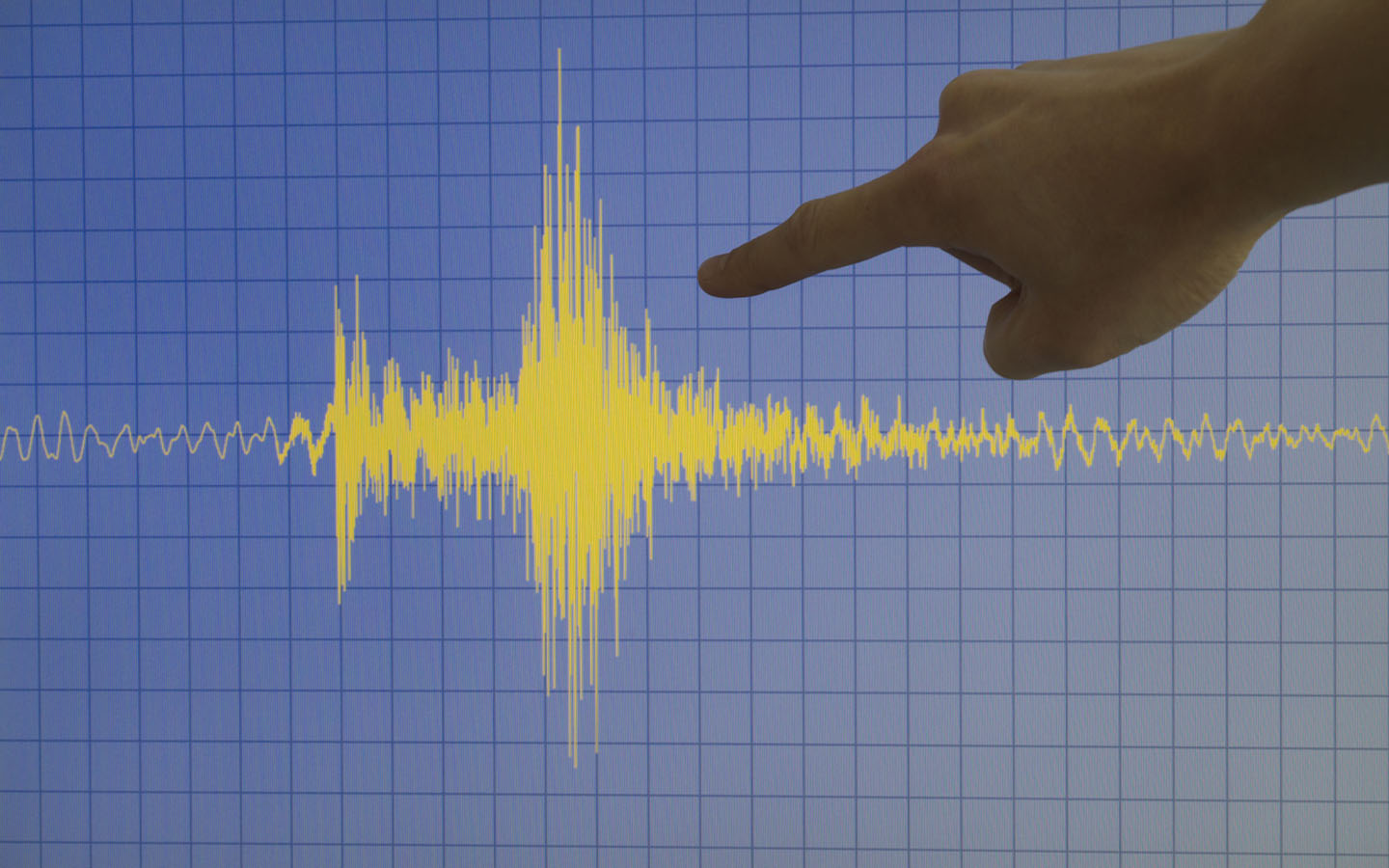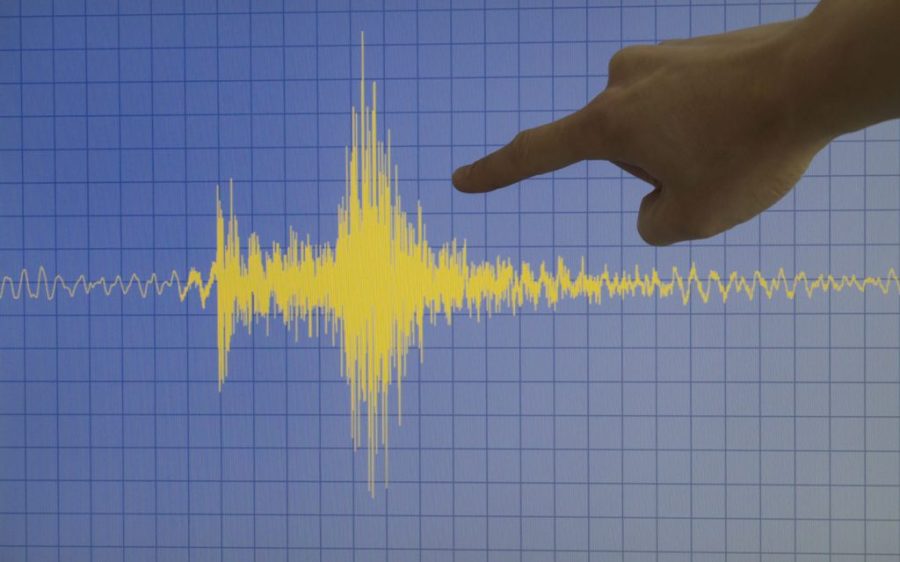A 5.3-magnitude earthquake struck waters 7.7 kilometres southeast of the Portuguese capital in the early hours of Monday morning, Euronews reports. It was the worst earthquake to hit the country since 2009, leaving residents in the area shaken but unharmed.
The quake hit at 5:11 am local time, its epicentre on the high seas 58 kilometres west of the coastal city of Sines, at a depth of 21 kilometres. The areas of Sines, Lisbon and Setúbal experienced the most intense shocks, Euronews said, although accounts on social media indicate the quake was felt as far away as Porto, Spain and even Morocco. Initially estimated at 5.4 on the Richter scale by the US Geophysical Institute and the Euro-Mediterranean Seismological Centre, it has since been revised down to 5.3 by the Portuguese Sea and Atmosphere Institute (IPMA).
Commander José Miranda of the National Emergency and Civil Protection Authority (ANEPC) told Euronews that officials received many calls concerning the quake, but there had been no reports of victims or major damage.
[See more: Aftershocks continue to rock Taiwan, two weeks after the Hualien quake]
Authorities from ANEPC reported three more aftershocks “have been felt to date” in a briefing at 8:00 am local time. The first with a magnitude of 1.2, then 1.1, then 0.9. “If it is justified again,” explained ANEPC Commander André Fernandes, “we will issue new warnings.”
Portugal, particularly the southern region and the Azores, has a long history of seismic activity due to its location near the boundary between the Eurasian and African tectonic plates. The country experiences several minor earthquakes (below 3.0) each year and 3.0 to 5.0 magnitude earthquakes, while less common, still occur regularly. Portugal’s worst earthquake, known as the Great Lisbon earthquake, rocked the capital with an estimated magnitude of 8.5 to 9.0 in 1755. At least 50,000 people were killed, including an estimated 10,000 in Morocco.
Monday’s quake was no such monster. At a magnitude of 5.3, Fernandes explained, it was not strong enough to warrant fears of a tsunami despite its origin in the open ocean (warnings are issued at 6.0 and above).






